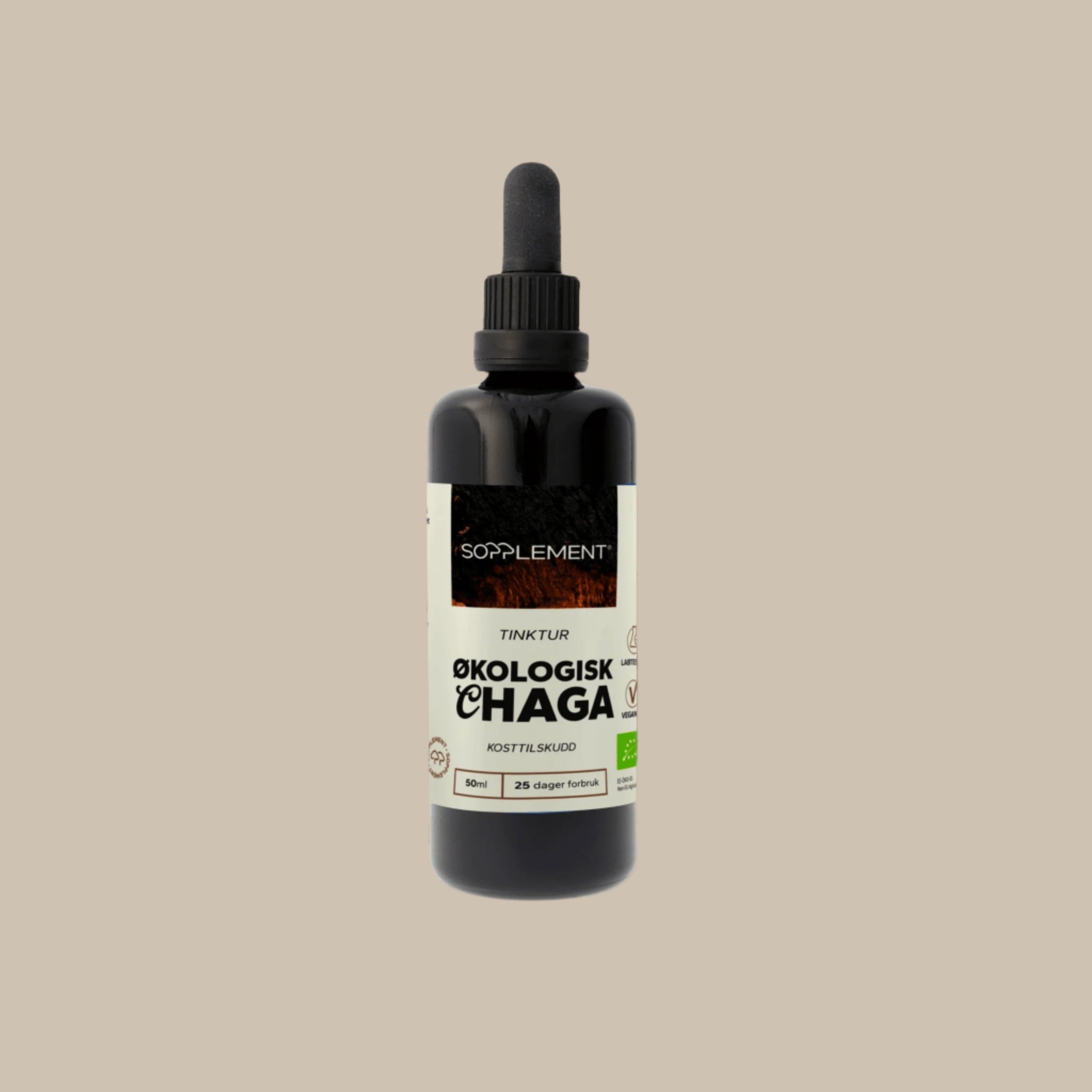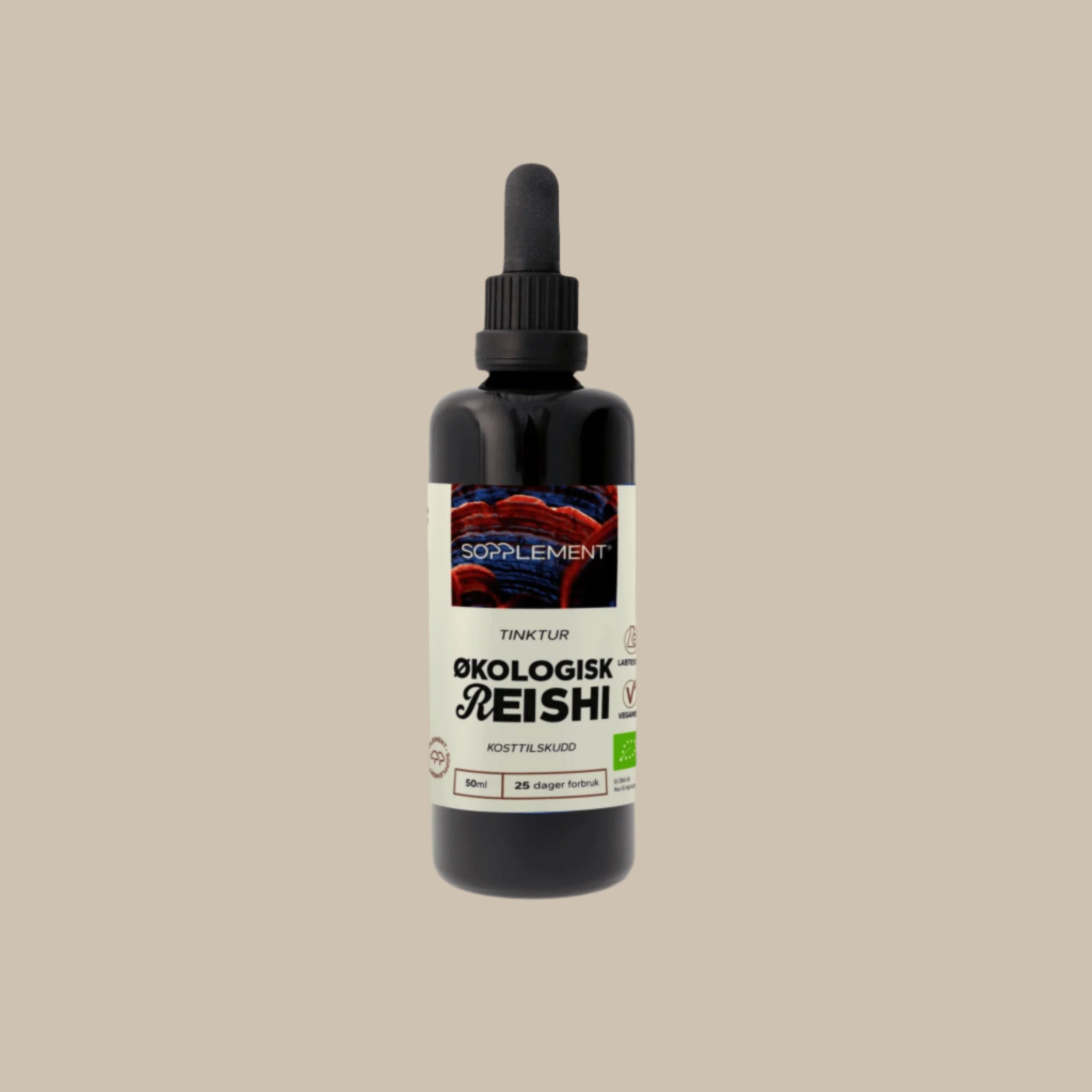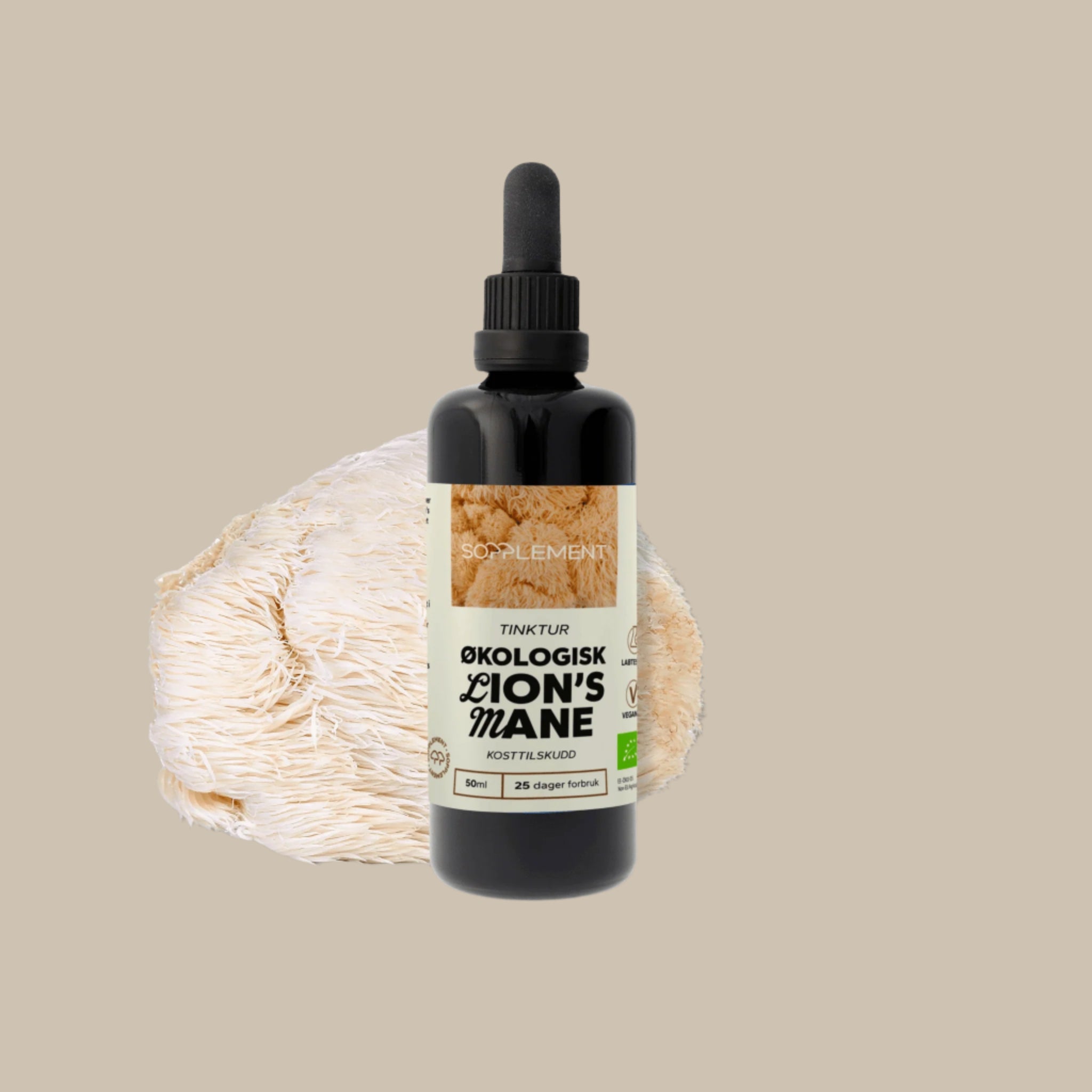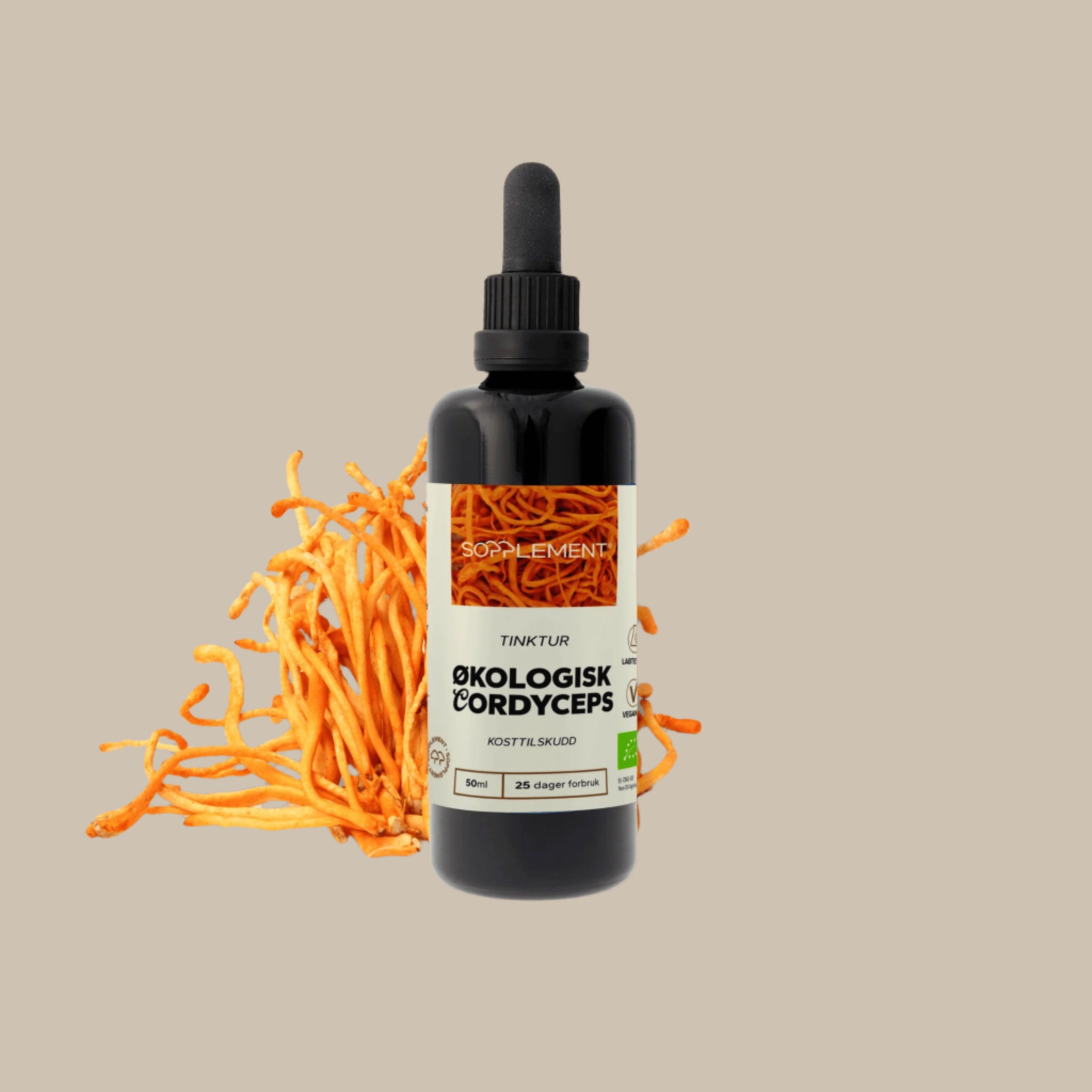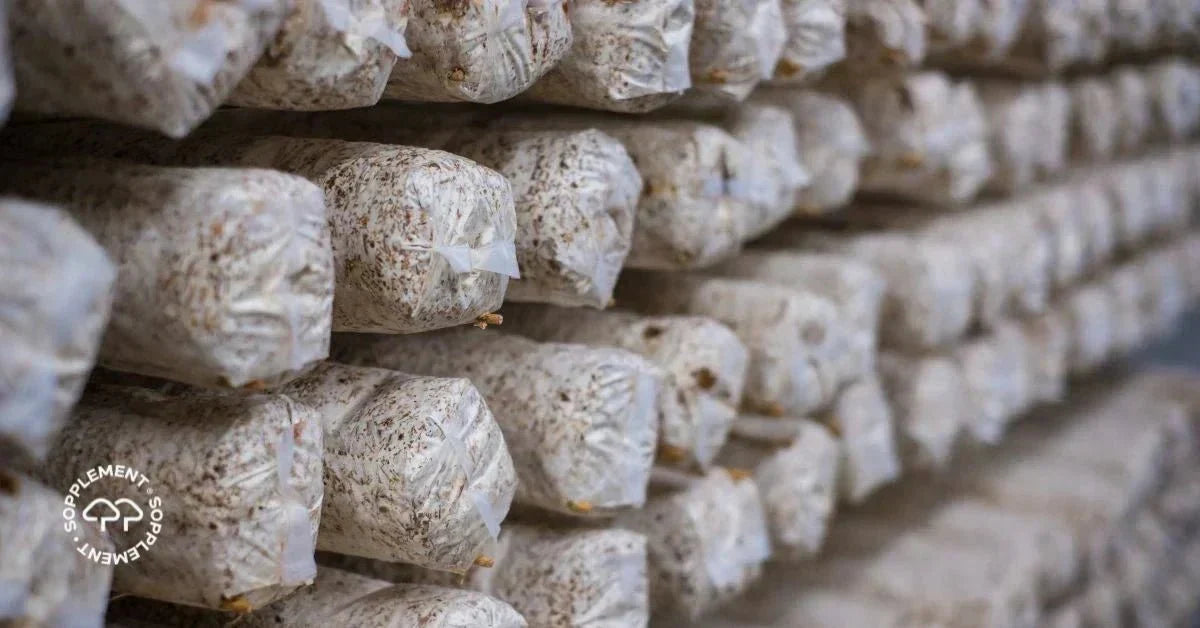
Fruit body or mycelium - which is best in supplements?
It is important to know whether a mushroom supplement is made from the fruiting body or the mycelium. Which part of the mushroom is used has a big impact on the nutrients you consume. In this article, I explain why.
The difference between mycelium and fruiting body in supplements
In commercial mushroom cultivation, both fruiting bodies and mycelium are produced. Mycelium is often called the "roots" of the mushroom and is the precursor to the fruiting body. Both will therefore be cultivated (grown) as part of the process.
Different practices in the dietary supplement industry
Traditionally, it is the fruiting body that is used in medicine and dietary supplements, which has been common practice in Asia for a long time. However, because the mycelium also contains important nutrients, more manufacturers are making mycelium-based extracts in recent times.
The difference between fruiting bodies and mycelium is important for the consumer
In species such as Lion's Mane, erinacines are found exclusively in the mycelium. In contrast, hericenones are found only in the fruiting body. Because both substances have shown promising results in studies, there has been debate about which part of the mushroom should be used.
The combination of fruiting bodies and mycelium in one and the same supplement would probably be the best. But it introduces a problem that not many people talk about.
The problem of mycelium grown on grain
It is virtually impossible to separate the mycelium from the nutrient source on which it grows - often grain or rice. Therefore, when extracts are made from mycelium, the nutrient source becomes part of the supplement. This leads to two problems:
- Lower concentration of bioactive compounds
- Introduction of unwanted fillers such as starches and sugars
When can mycelium still be valuable?
There are examples of mycelium grown in liquid culture. This is not common practice among producers yet due to increased costs, but here are some examples of species it has been done for:
- Lion's Mane
- Cordyceps sinensis CS-4
- Turkey Tail
The quality of mycelium-based products therefore depends on how they are grown and processed – not just on which part of the mushroom is used.
Bioactive compounds - a result of the mushroom's life cycle
The fruiting body and mycelium have different functions in the mushroom's life cycle, therefore they contain different bioactive compounds ("nutrients") and the concentration varies in the two parts.
To understand why different parts of the mushroom produce different active ingredients, we need to take a closer look at the biology of the mushroom.
Fruiting body: reproduction
The fruiting body is the reproductive structure of the fungus and grows in a more demanding environment compared to the mycelium. Therefore, it produces a higher concentration of some substances to protect itself and the spores:
- Beta-glucans - structural and immune-activating polysaccharides
- Triterpenes - antimicrobial and antioxidant
- Phenols and flavonoids - antioxidants that protect against oxidation and damage
These compounds are found in higher concentrations in the fruiting body to protect against UV radiation, oxidative stress and microorganisms. In addition, the fruiting body of Lion's mane produces hericenones for protection.
Mycelium: growth, digestion and communication
The mycelium functions as a root network where it breaks down organic matter and absorbs nutrients in a protected environment (soil, wood or substrate). Here you will find compounds related to decomposition, adaptation and signaling:
- Digestive enzymes - laccase and amylase break down lignin, starch and cellulose
- Secondary metabolites - antimicrobial and growth regulatory effects
Although the mycelium is active and intelligent in its interaction with the environment, it produces a different composition of bioactive compounds than what we find in the fruiting body.
Summary: What should you look for?
Most consumers may not think about which part of the mushroom they are getting in a dietary supplement – but they should. The difference between fruiting bodies and mycelium is not just about biology, but about efficacy, quality and effect .
Keep this in mind the next time you consider a mushroom product:
- Look for products made from fruit bodies , preferably with extract strength stated.
- Be critical of mycelium on grain – it often contains little of what you are actually looking for.
- Exceptions exist – such as Cordyceps sinensis CS-4 or liquid
By understanding what distinguishes fruiting bodies and mycelium, you can make better, more informed choices – and get more out of your supplements.
